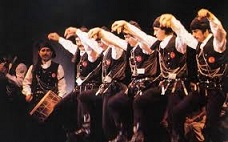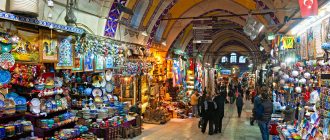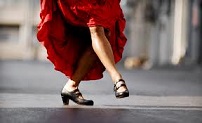Want to learn more about the Horon Turkish dance? Read on for facts and info on this unique dance style inspired by an ancient Greek dance and modified by the Turks…
The Horon dance originated many centuries ago in the region of the Black Sea. Today this region comes under the domain of Turkey. The dance style is reminiscent of the Pontus and is considered to be one of the national dances of Turkey.
Greek and Persian influence can clearly be seen in this unique Turkish dance form. The terms used to describe the style such as “Horoi” and “Horo” literally translate as dance in English. The term comes from the ancient Greek language. The dance steps have a constant circular movement with the dancers taking distinctive short steps to characterize the movement.
The Turkish Twist
The Horon dance is accentuated by the Tremoulo movement. This is a fast shaking of the upper part of the body. It is achieved by twisting the back on its natural axis and this is what lends color to the dance form. Dancers align in a single file and then form a circle when looking to perform the horon dance.
There are many variations of the Horon dance but most of them bear striking resemblance to Greek dances of the past. The only obvious difference in the Turkish style Horon dance is the fact that the dancing troupe does not have a lead dancer. Rather, the dancers make a single formation and synchronize all movements with each other.
The Turkish addition to this ancient Greek dance was the rapid moving dance step of the upper torso. This innovation is quite recent compared to the rest of the dance style. It is believed that this dance step takes inspiration from the silver anchovy fish’s shimmying which is found in great abundance in the neighboring Black Sea. The fish is a prominent part of the cuisine of the North Anatolian culture.
Origins of the Turkish Horon Dance
It is believed that trading by sea routes caused the Persians to mix with the Greeks and this is how the Turks got exposure to this ancient dance form. Whether it came at the hands of merchants or migrating troops, the Turks added their own twist to this classic dance and made it a prominent part of their culture. Other forms of dances such as the Irish jig and the River Dance are said to have evolved from the Turkish Horon dance.
Every region of Turkey has its own take on the Turkish Horon dance. It is known by many different names across the country. For example Omal meaning calm and Argon meaning slow are two popular versions of this classic dance style. Similarly, in some regions they practice the “so gonaton” style that is on the knees and then you have the fast paced “Tromakton” which literally translates as fiercely.
Other popular variations of the Turkish Horon dance include “Karslidikon”, meaning from Kars, “Dipat” the double step dance step and the “Ters” which means the wrong-footed dance. Today the Horon dance is used to entertain tourists to the region and is quite an attraction for foreigners. Some of these dance steps have been incorporated into modern dance styles with some variations as well.





